This week I spoke to Alex Norton, founder and creative director of indie video game developer Visual Outbreak, to talk about his Early Access title Malevolence: The Sword of Ahkranox. We discuss how Early Access has impacted the game, how an infinite world is possible, what features to expect on final release and more.
Malevolence: The Sword of Ahkranox is a procedurally generated old-school turn-based RPG similar to classics titles such as the Might and Magic series and Stonekeep. Players take on the role of the Guardian of Ahkranox, whose purpose is to rid the world of Ahkranox from evil.
On their journey, the player must embark on quests, delve into various dungeons and defeat the evil monsters that lurk within them. The game contains a classless system that allows the player to play however they please. If they wish to change their play style throughout, they can at any time. Let’s talk with Norton to find out more about Malevolence.
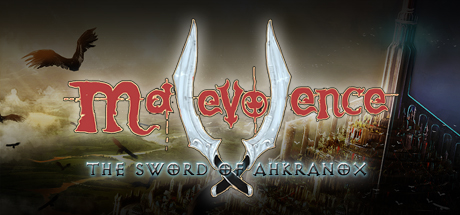
Damien Smith: With Early Access receiving a bit of a bad reputation over the past year or two due to games being left unfinished, do you feel that this has had an impact on Malevolence?
Alex Norton: I do. Due to several high profile game projects starting out early access and promising the world, then not delivering and disappearing, it left a really bad taste in the community’s mouth. Unfortunately, that bias has transferred a lot onto games who really are trying to deliver, like Malevolence. Personally I’d never do Early Access again. It’s been far too stressful.
Smith: Being a one man development team, it is clear that it takes longer periods of time than the general public may expect to update the game. Has this ever caused anger among the community?
Norton: Big time! Though it’s been getting better of late. As more and more indies rise into fame, the community gets to see behind the doors of the chocolate factory and see how it all works. Because of this, you get a really divided community.
On one side you have the people who really appreciate the artisinal craft required to make a video game and are happy to wait so long as they get a bit of insight into what’s going on, and then you get the people who don’t care or want to care about what goes into a game, only that it is done fast, is pretty, is smooth and entertains them.
I guess it’s like people who collect wines and really savour them compared to people who just buy a cask and go through it while watching TV. The trickiest part is, neither way of doing it is wrong! Many artists are also – at the same time – entertainers, and people respond to that entertainment in their own way.
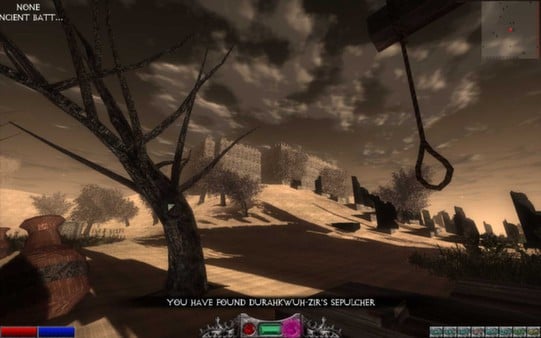
Smith: Malevolence is the first ever game to contain a genuine infinite world. How is this made possible?
Norton: If I told you that, I’d have to kill you haha. It’s a new, proprietary system that I invented myself during my university days. The trick is that it doesn’t use numbers. Computers can actually only count up to a fixed amount before they reach an “extent” or “cap” where the number can’t get any bigger.
Malevolence isn’t generated using numbers, so it doesn’t use that cap. So long as you have the hard drive space to store the data required to store information on things you’ve changed in some way, you can just keep right on walking. A lot of people assume that I’m sitting here coding a video game, but in fact I’m actually coding a sort of “AI”, so to speak, which is trained in how to create a game world.
So the Malevolence engine (called the Hellfire II engine) acts like a sort of “Dungeon Master” which keeps building the world for you using a very intricate set of patterns so that it can retrace its steps again if it needs to.

Smith: Due to the procedural generation nature of Malevolence, the game does not have an interactive storyline to it. The game is about creating your story and adventure. Why did you decide to take this approach to the game?
Norton: Simply because an infinite game would require an infinite story. Computers are not naturally creative, and while it’s easy enough to teach a computer to design something simple like a dungeon or a meadow, to write beautiful words is such a pure and beautiful thing that something as cold as a computer could never do it justice enough to be worthy of the players.
So while Malevolence does have a very rich and detailed history and backstory, I wanted the players to create their OWN story, rather than have it fed to them. That is why they can travel anywhere and as far as they want, and never have to stop. I wanted them to be able to carve out their own mark on the world of Ahkranox and then tell that story to others.
The Expansion pack will introduce a limited story, but it will be hand-written and will have an ending. I’m hoping to get it to be a decent length of gameplay, though, as there’s nothing quite as unsatisfying as too small an amount of gameplay, I find!
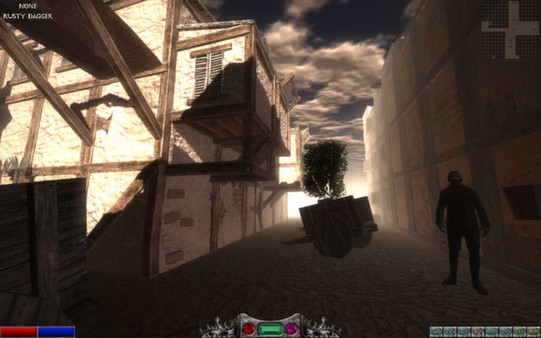
Smith: The next update for Malevolence is said to be the biggest it has received to date. What can players expect to see in such a big update?
Norton: In terms of lines of code being added, this update is 230% larger than all of the updates to date. There has had to be so much work done on the game that I actually broke the extent of what a DirectX9 application can hold within the EXE and had to invent my own scripting language in order to continue programming the game.
That’s how big the update is haha. The major feature is of course the new magic system, but they’ll also start encountering the dreaded boss monsters (who use magic themselves). Also, they will encounter some new online interaction wherein you will be able to stumble across the fallen corpses of other permadeath players and loot them, thus creating “equipment continuance”.
Once someone loots a corpse, it disappears for all other players, however, it will lead to true legendary items being formed, stories being written around them, and then shared in the game. And instead of being something created by a team of writers, that item will be something that actually DID go on those adventures. I think that’s pretty cool, personally. It’s my favourite feature in the game yet, and I’m really excited for the players to start making use of it.
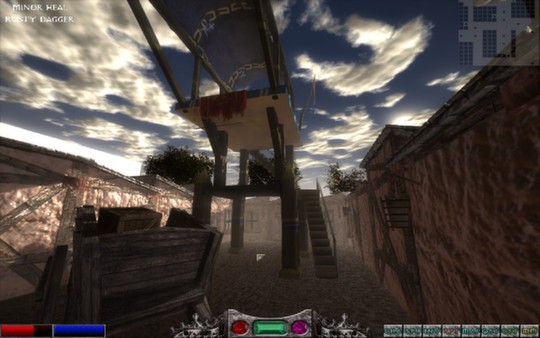
Smith: You have stated on the forums that Malevolence is getting ever closer to reaching its final release. What content can players expect to be added for the final release?
Norton: The main bit of content that’s being finished off now is the new magic system. Malevolence’s new procedural magic system is something I’m super proud of. It’s crafting based, so it is really going to bring out the creative side of players, and then they’ll get to play with it even further when item enchantment gets added next.
Once the enchantment is in place, that’ll be it, really. All that’ll be left to do after that is various bits of polish and bugfixing, but the game itself will be feature-complete…. Finally…
Smith: One of the most popular discussions on the Malevolence forums is that of the expansion. What kind of new content is to be expected with the expansion of the game?
Norton: In short, “more of everything”. More monsters, more spells, more weapons, more loot, more quests. There’s even a storyline. In a lot of ways, Malevolence was a “game experiment” to see how a truly infinite world could go, and whether it’d be worth playing in. The expansion’s aim is to build on that and turn the base game into a more complete gaming experience. Think of it like Portal and Portal II. Portal was a proof of concept to test the water, and Portal II took it to the extreme and really fleshed it out.
Smith: You mentioned that the expansion for Malevolence is to implement the main storyline quest. How will this work with the procedural generation nature of the game?
Norton: Well, all of the procedurally generated one-hit quests will still stay there, but certain hand-scripted events will start to unfurl around you which you will have a choice whether to follow or not. Those events will lead you all over vast areas of the world which you may not have gotten to yet.
Also in the expansion pack, new areas are going to be opened up to the player, such as the subterranean cities of the dwarves as well as a hell-like dimension filled with magma and brimstone and demons. Cities will even have sewers underneath for you to explore!
Lots of fun places to poke your nose into, but you will be introduced to them gradually through this hand-written story which will lead to certain revelations about the world — why it is the way it is, what is threatening it, and what is your true purpose as the guardian of Ahkranox.
I think the fanbase is going to go nuts when the first trailer drops. The audio track for it is already done (no music, just narration), but every so often, even I pull it out and listen to it again. Gives me the shivers!
Smith: A few members of the community already have created some small mods for Malevolence. What are your thoughts of the community creating further mods for the game?
Norton: I love it. I’m very much pro-mod and am very conscious of how difficult it currently is to mod the game. That being said, I have plans to go back over the code once it’s all done and re-do it so that it’s all as moddable as possible. Graphics mods, shader mods, texture mods, UI mods, scripting mods… I want to see it all!
Someone even made a wonderful mod manager tool for it which I got very excited about. I think the first community mod was a UI mod to assist people suffering from colour blindness, which was excellent! A lot of developers don’t like people modding their game, but I’m an old-school modder from way back. I’ve always heavily encouraged it.
Smith: In September last year, you announced on the Malevolence forums that you and the game are included in the Game Art book by Matt Sainsbury alongside titles such as Dragon Age Origins and Final Fantasy XIV. How does it feel to be alongside such monumental titles?
Norton: It blew my mind. When Matt first contacted me for the interview he mentioned that I’d be in a book with “other people in the games industry who have sought to push the limits”. Little did I know that my humble little indie game would be sitting alongside games like Final Fantasy and Dragon Age. That being said, my shock and pride was nothing compared to the art team! They couldn’t believe it either. Carrie, Rachel and Mihaela are such wonderful ladies, and I’m so proud for their work to be in there, representing Malevolence. The rest of the book is pretty amazing, too, it’s worth grabbing a copy if you can.
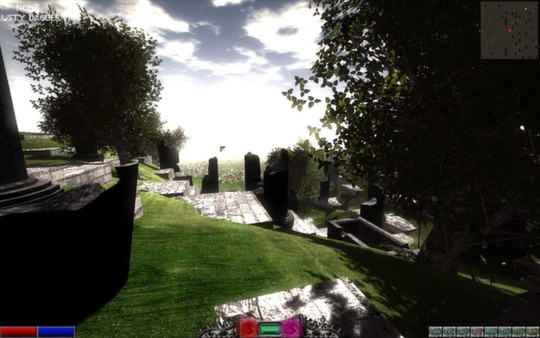
There is no denying the immense ambition of the game. The fact that for the first time, a genuine infinite world exists within a game alone is a technological marvel. It is a game that has a tremendous amount of work put into it, especially for a one-man development team.
If you would like to find out more about the game, you can do so through its website, forums and Steam store page. A demo of the game is possible to download from the official website for those who would like to give the game a go.
For any fan of old-school RPGs such as Eye of the Beholder, Might & Magic, Stonekeep and much more, it may be a title worth checking out. I would like to thank Alex Norton for taking the time to talk to me about his game Malevolence: The Sword of Ahkranox.

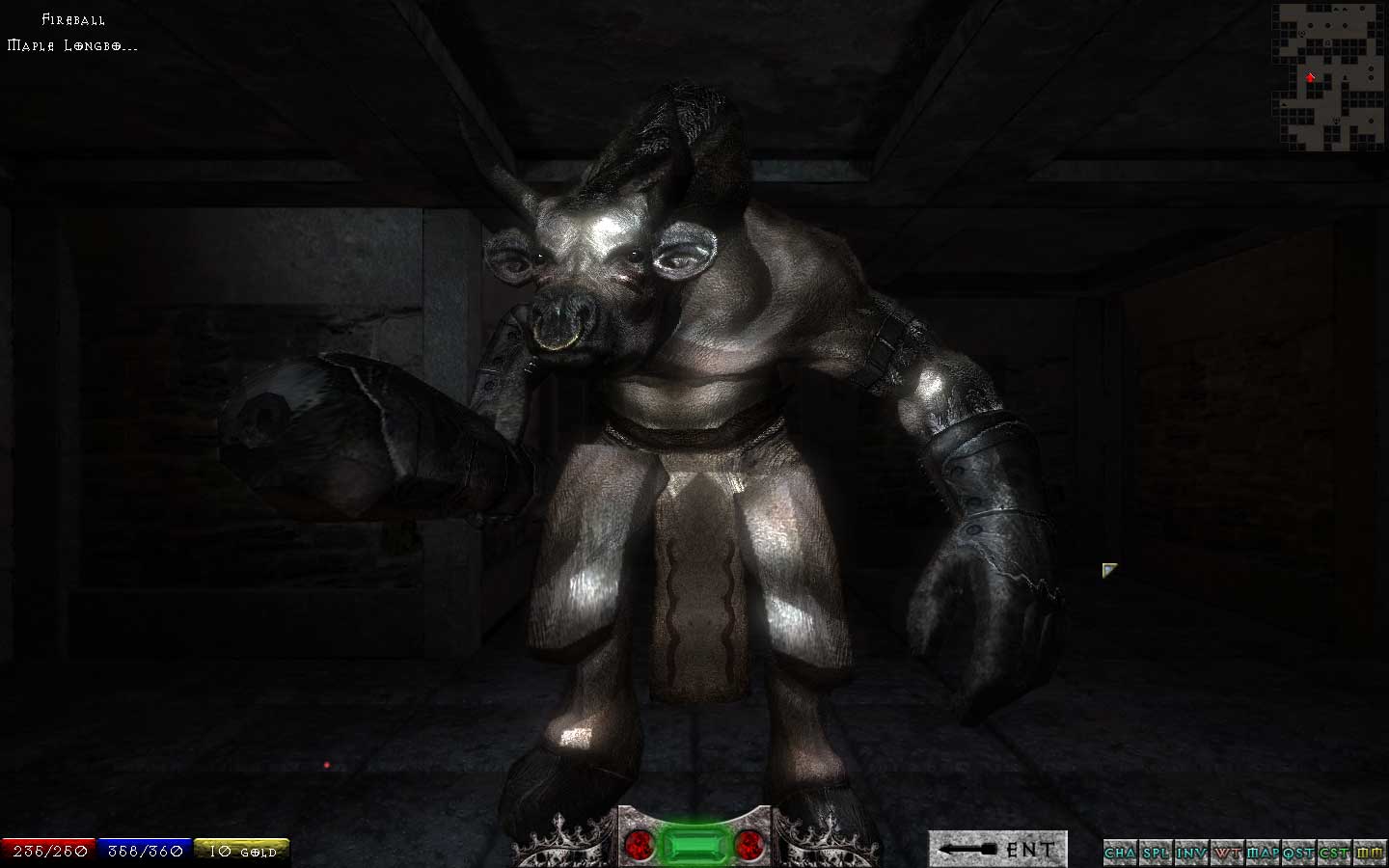
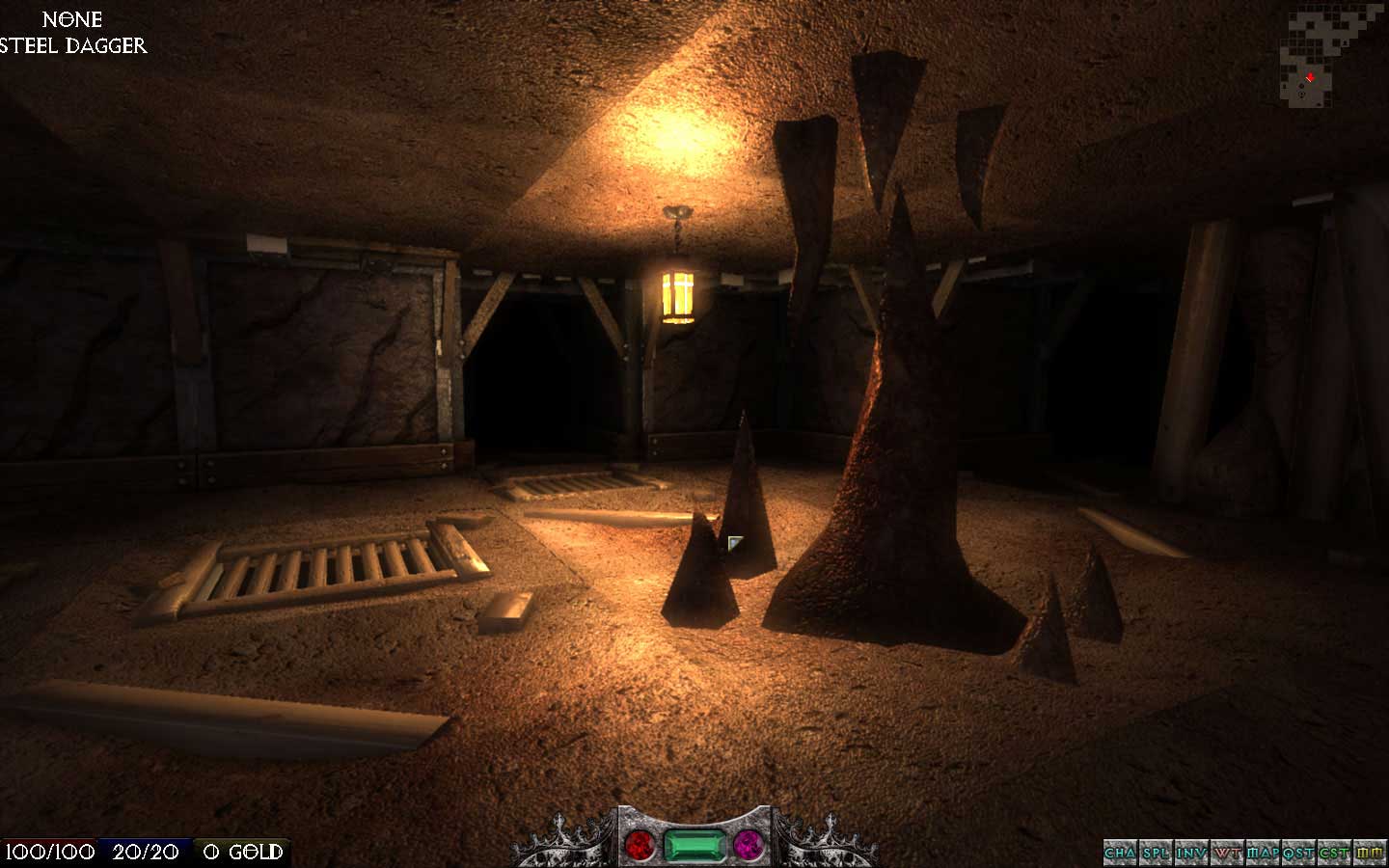





Published: Apr 13, 2016 05:16 am